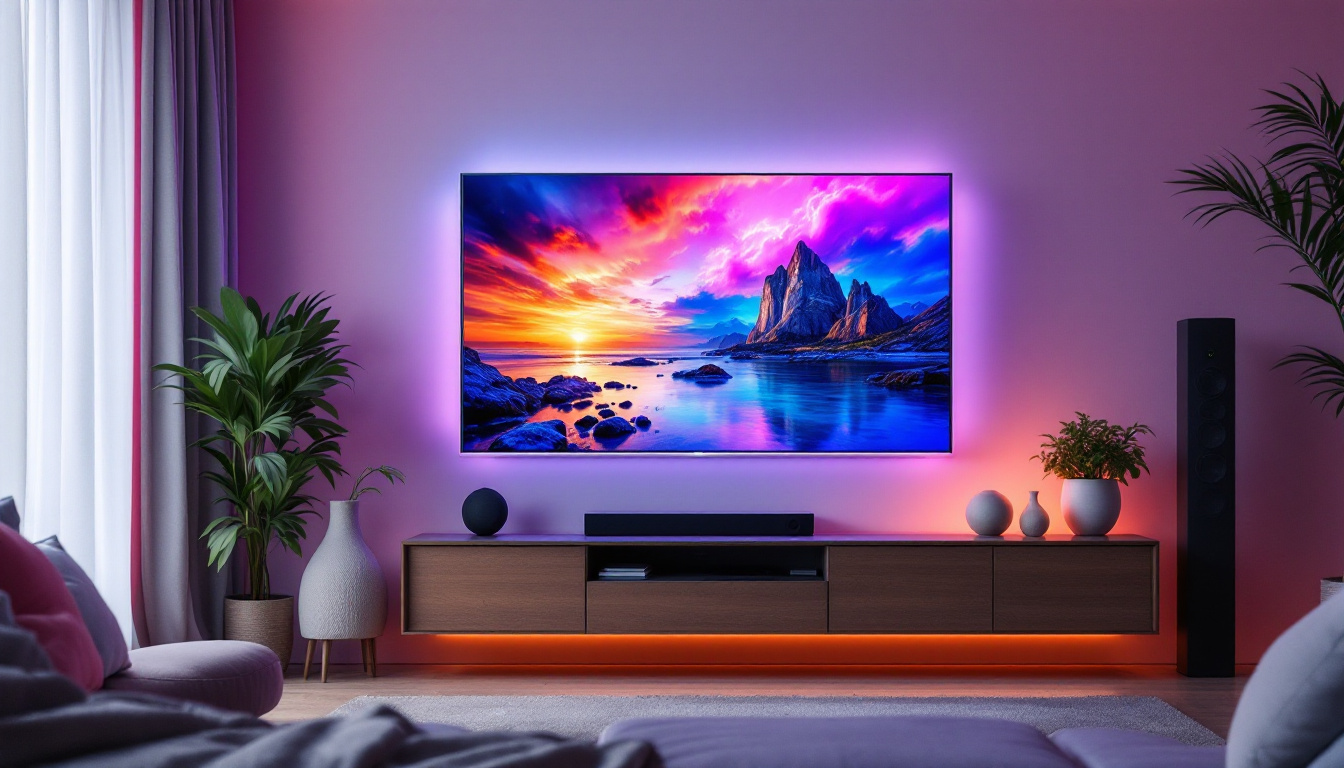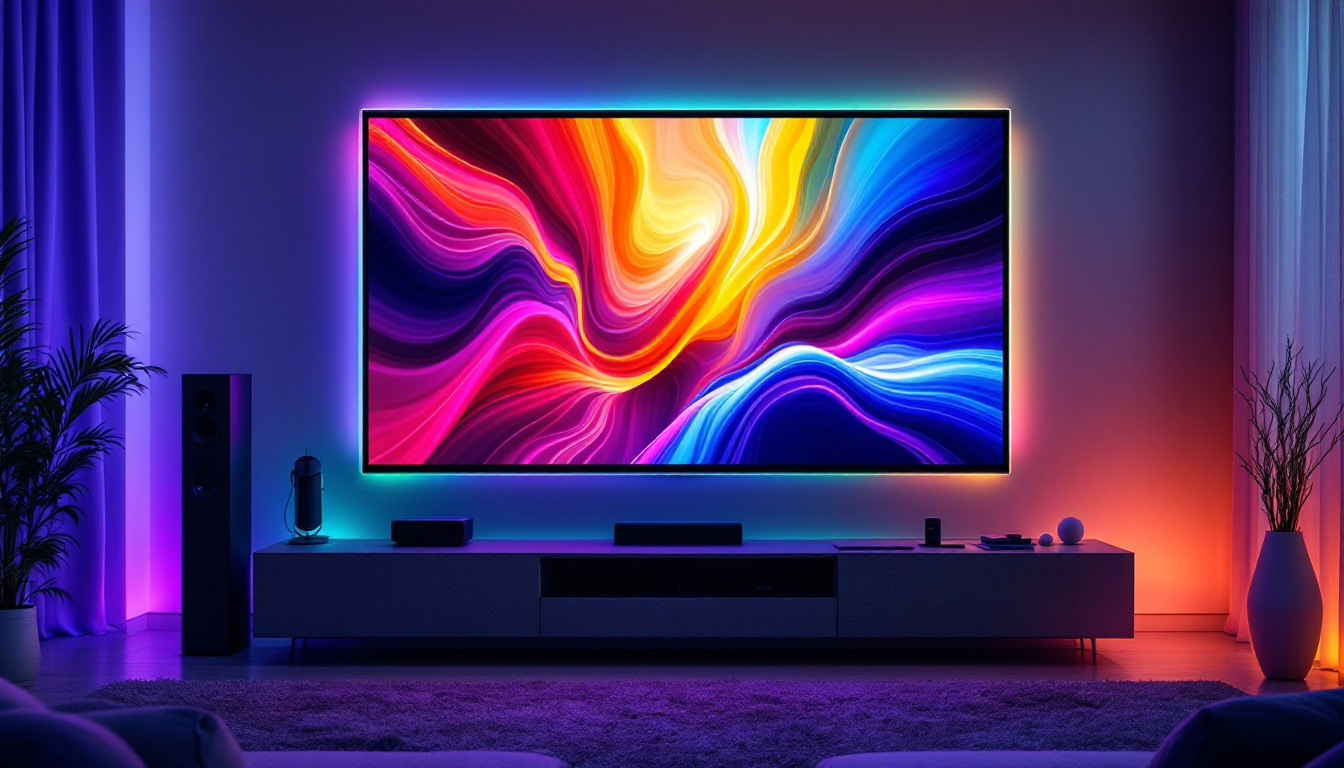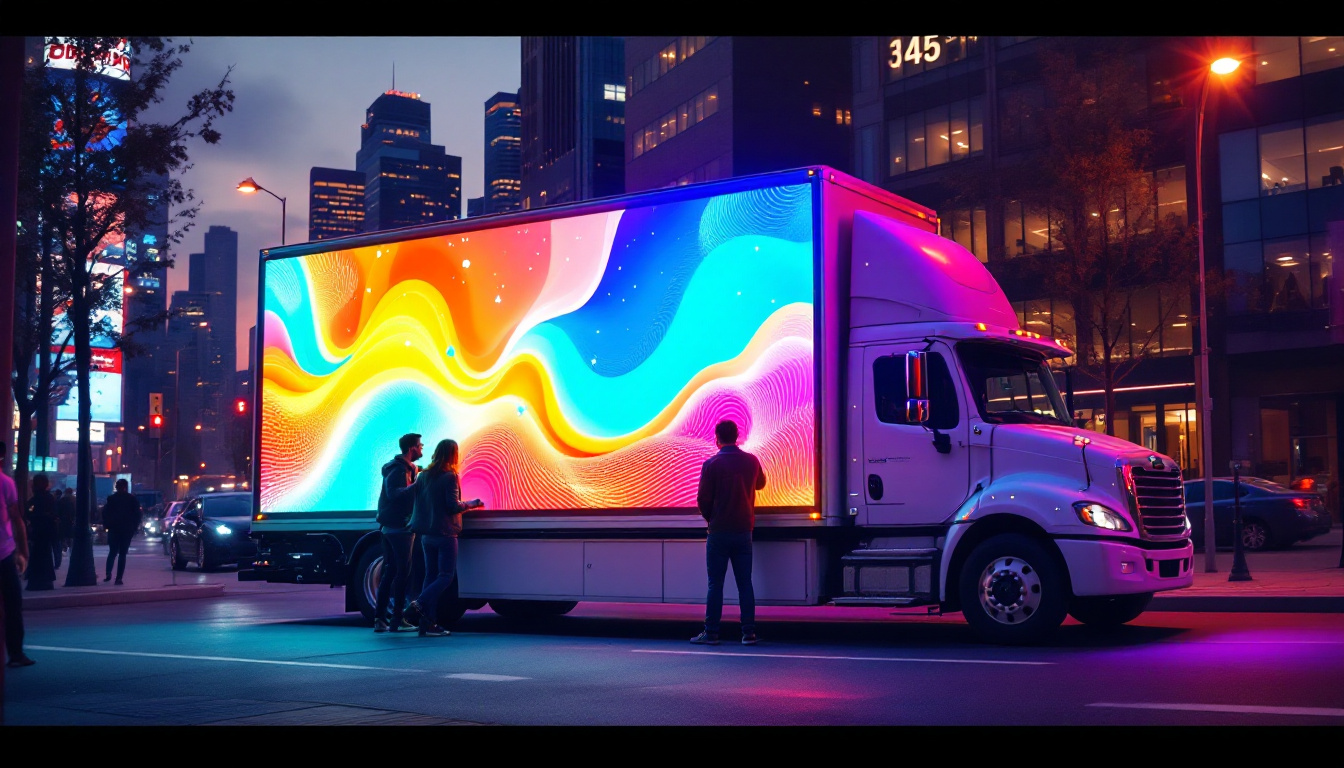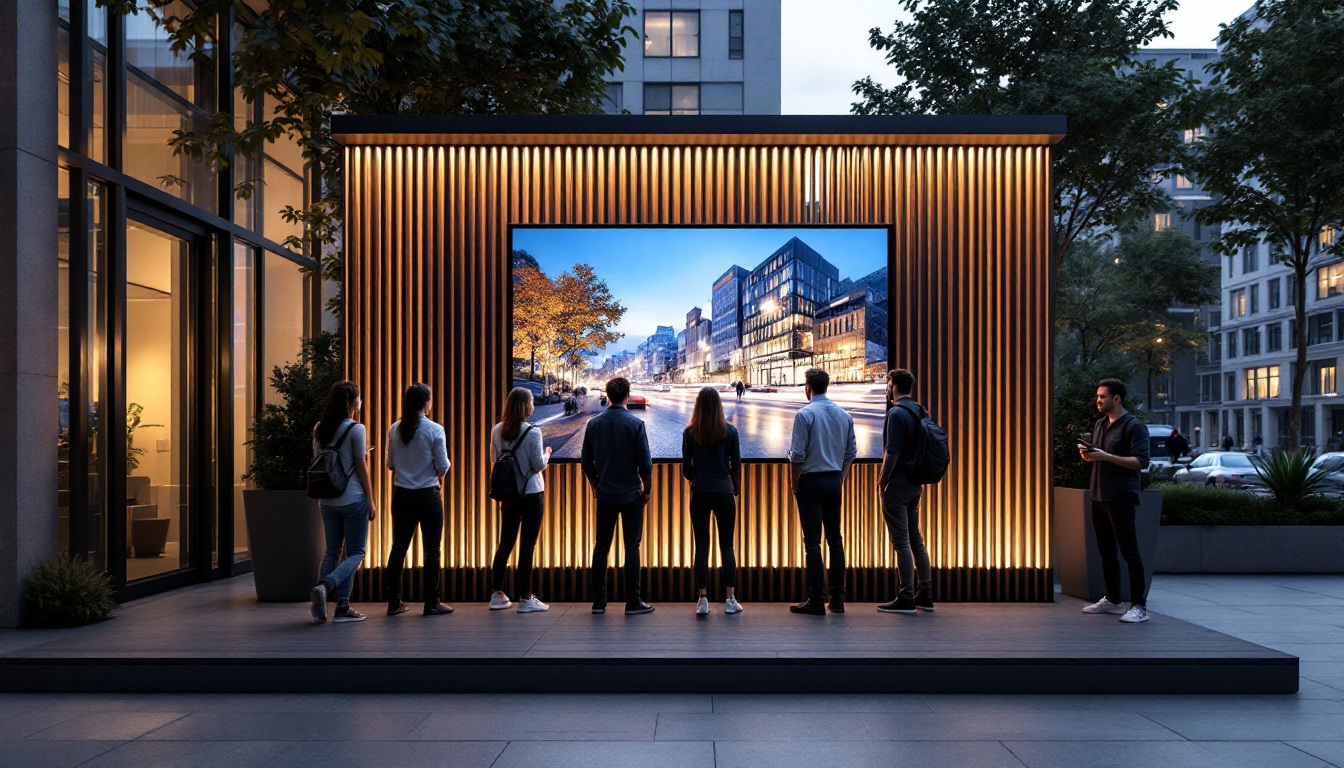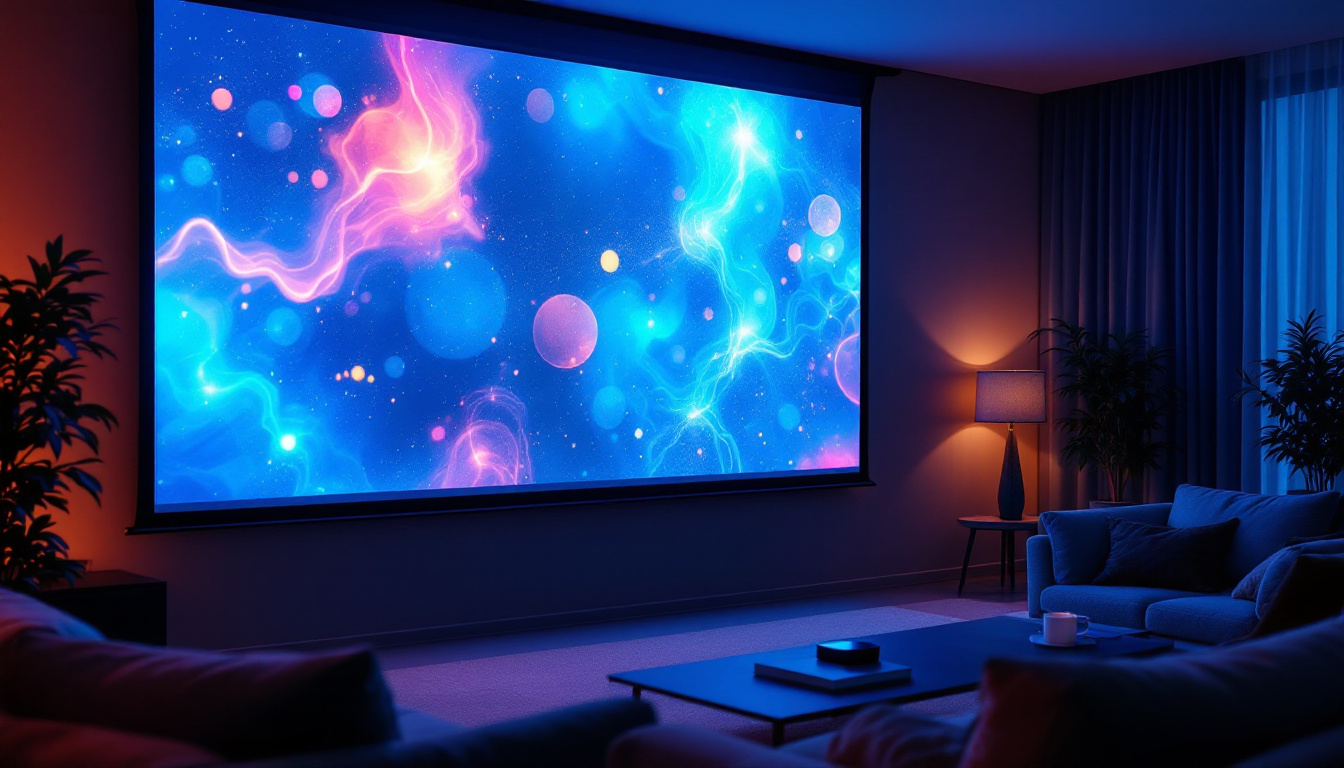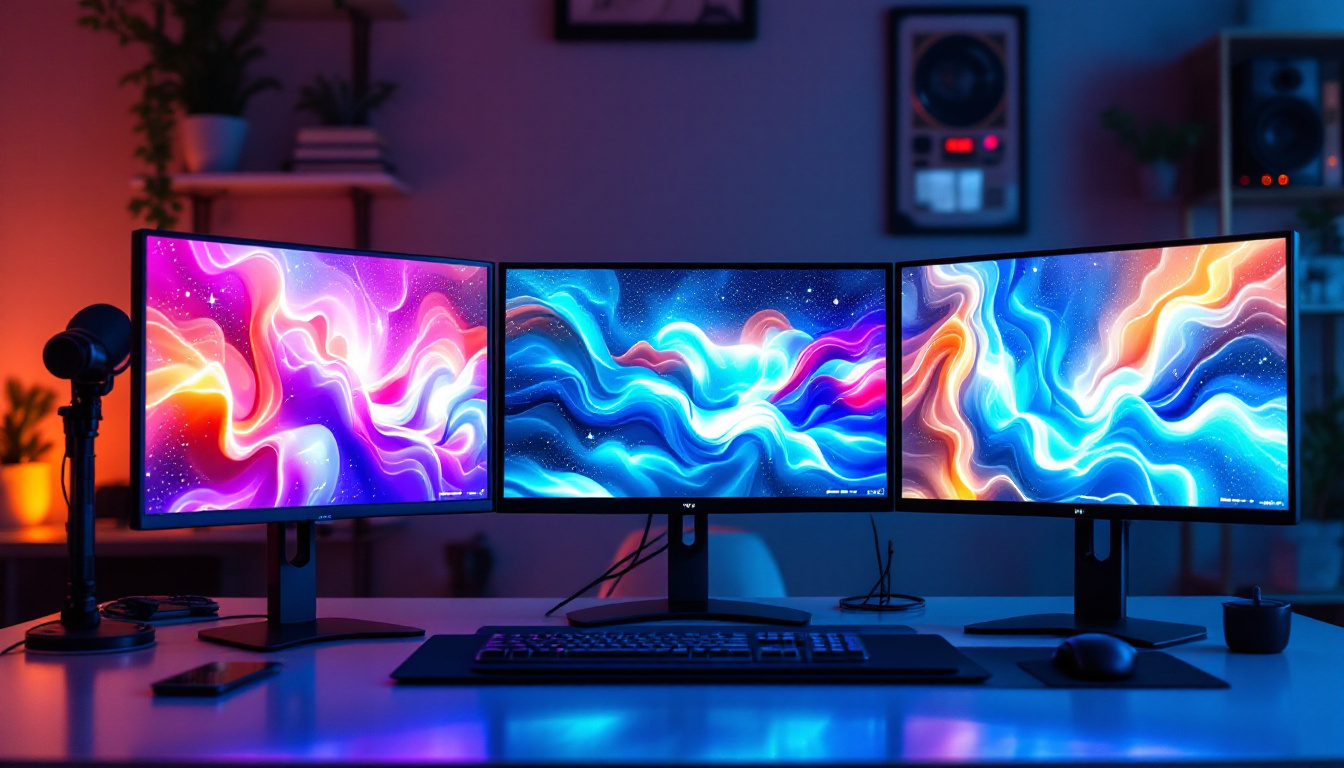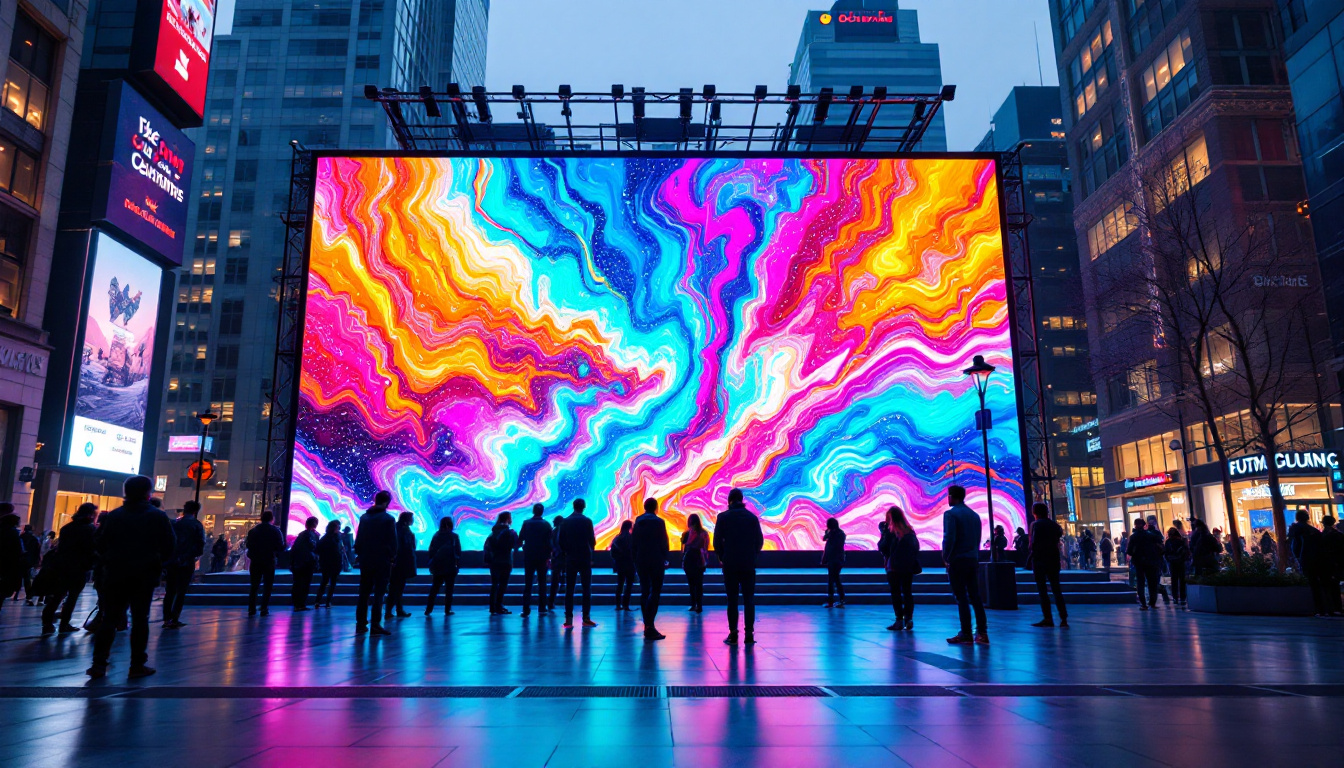5K TV Resolution: LED Display Explained
The world of television technology has seen remarkable advancements over the past few decades, with resolutions evolving from standard definition to high definition and now to ultra-high definition. One of the latest developments in this realm is 5K TV resolution, which offers a stunning viewing experience that is hard to match. This article delves into what 5K resolution is, how it compares to other resolutions, and the intricacies of LED display technology that support it.
Understanding 5K Resolution
5K resolution refers to a display resolution of approximately 5120 x 2880 pixels. This is significantly higher than 4K, which stands at 3840 x 2160 pixels. The term “5K” is derived from the horizontal pixel count, which is around 5,000 pixels wide. This increased pixel density results in sharper images, more detail, and an overall enhanced viewing experience.
The Benefits of 5K Resolution
One of the primary advantages of 5K resolution is its ability to display images with incredible clarity. This is particularly beneficial for large screens, where lower resolutions can lead to pixelation and a less immersive experience. With 5K, viewers can appreciate finer details in images, making it ideal for activities such as gaming, graphic design, and watching high-definition movies.
Moreover, 5K resolution is becoming increasingly relevant in professional settings. Photographers and videographers benefit from the enhanced detail, allowing for more precise editing and post-production work. The increased resolution also provides more flexibility for cropping images without losing quality, which is crucial in creative fields. This level of detail is not only advantageous for editing but also for showcasing work in galleries or online portfolios, where high-quality visuals can make a significant impact on audience engagement.
Comparing 5K to Other Resolutions
To fully appreciate the significance of 5K, it is essential to compare it with other common resolutions. Standard HD (1080p) measures 1920 x 1080 pixels, while 4K (also known as Ultra HD) measures 3840 x 2160 pixels. The jump from 1080p to 4K already represents a significant increase in detail, but the transition to 5K takes this a step further.
The difference between 4K and 5K is particularly noticeable on larger screens. While 4K provides a crisp image, 5K enhances this further, allowing for richer colors and finer details. This is especially beneficial for content that features intricate visuals, such as nature documentaries or high-resolution gaming. Additionally, as technology evolves, the availability of 5K content is gradually increasing, with streaming services and gaming platforms beginning to offer more options for viewers who want to take full advantage of their high-resolution displays. This shift not only enhances the viewing experience but also sets a new standard for content creation, pushing filmmakers and game developers to produce visually stunning material that fully utilizes the capabilities of 5K technology.
The Role of LED Technology in 5K Displays
LED (Light Emitting Diode) technology plays a crucial role in the performance of 5K displays. LED screens utilize tiny diodes to produce light, which allows for thinner displays and improved energy efficiency compared to traditional LCD screens. The combination of 5K resolution with LED technology results in a viewing experience that is both vibrant and energy-efficient.
Types of LED Displays
There are several types of LED displays, each with its own advantages and characteristics. The most common types include:
- Standard LED: This type of display uses LED backlighting to illuminate an LCD screen. It offers improved brightness and color accuracy compared to traditional LCDs.
- OLED (Organic LED): OLED displays use organic compounds that emit light when an electric current is applied. This technology allows for deeper blacks and a wider color gamut, making it ideal for high-resolution content.
- QLED (Quantum Dot LED): QLED technology incorporates quantum dots to enhance color and brightness. This results in vivid colors and improved performance in bright environments.
Advantages of LED Technology in 5K Displays
LED technology offers several advantages that enhance the viewing experience of 5K displays. Firstly, LED screens are known for their high brightness levels, which means they can perform well in various lighting conditions. This is particularly beneficial for viewers who watch TV in bright rooms.
Additionally, LED displays generally have a longer lifespan compared to other display technologies. This durability ensures that viewers can enjoy their 5K experience without worrying about screen burn-in or other common issues associated with older technologies.
Moreover, the energy efficiency of LED technology contributes to a reduced carbon footprint, making it a more environmentally friendly option. With lower power consumption, these displays not only save on electricity bills but also align with the growing demand for sustainable technology solutions. As consumers become increasingly conscious of their environmental impact, the shift towards LED technology in 5K displays is a positive step forward.
Furthermore, the rapid advancements in LED technology have led to the development of features such as local dimming, which enhances contrast by adjusting the brightness of specific areas of the screen. This capability allows for a more immersive viewing experience, especially in scenes with both bright and dark elements. As a result, viewers can appreciate the intricate details in their favorite movies and games, making LED-equipped 5K displays a popular choice among enthusiasts and professionals alike.
Content Availability for 5K Resolution
While 5K displays offer stunning visuals, the availability of content that takes full advantage of this resolution is still developing. Streaming services, gaming platforms, and content creators are gradually increasing their offerings in 5K, but it is essential for consumers to consider content availability when investing in a 5K TV.
Streaming Services and 5K Content
As the demand for high-resolution content grows, several streaming services have begun to offer 5K content. Platforms like Netflix and Amazon Prime Video are at the forefront, providing a selection of movies and shows that support 5K resolution. However, it is important to note that streaming in 5K requires a robust internet connection to ensure smooth playback without buffering.
Moreover, some services may require specific subscriptions or devices to access 5K content. Consumers should research their options and ensure they have the necessary equipment to enjoy the full benefits of 5K resolution. In addition to Netflix and Amazon, other platforms such as Apple TV+ and YouTube are also joining the 5K revolution, offering a mix of original programming and user-generated content that showcases the capabilities of 5K displays. As technology advances, we can expect more platforms to follow suit, expanding the library of available content for viewers.
Gaming in 5K
For gamers, 5K resolution can significantly enhance the gaming experience. Many modern gaming consoles and PCs are capable of outputting 5K graphics, allowing players to immerse themselves in visually stunning worlds. However, achieving high frame rates at 5K resolution requires powerful hardware, which may necessitate upgrades for some gamers.
As game developers continue to push the boundaries of graphics, more titles are being optimized for 5K resolution. This trend is expected to grow, making 5K gaming an increasingly popular choice for enthusiasts. Additionally, the rise of virtual reality (VR) gaming is also influencing the demand for higher resolutions, as gamers seek more lifelike experiences. As VR technology evolves, the need for 5K displays may become even more pronounced, with developers striving to create environments that are not only immersive but also visually breathtaking. This could lead to a surge in both hardware and software tailored specifically for 5K gaming, further enriching the gaming landscape.
Future of 5K Resolution
The future of 5K resolution looks promising, with advancements in technology and increasing consumer demand driving its adoption. As manufacturers continue to innovate, the cost of 5K displays is expected to decrease, making them more accessible to a broader audience.
Potential Developments in Display Technology
Future developments in display technology may further enhance the capabilities of 5K TVs. Innovations such as microLED technology promise to deliver even better color accuracy, brightness, and contrast ratios. This could lead to a new generation of displays that not only support 5K resolution but also provide an unparalleled viewing experience.
Additionally, as content creation evolves, more filmmakers and content creators are likely to adopt 5K as a standard resolution. This will result in a wider array of 5K content, making it easier for consumers to find and enjoy high-quality programming.
Consumer Adoption Trends
As awareness of 5K resolution grows, consumer adoption is expected to rise. Many early adopters have already embraced the technology, and as prices become more competitive, mainstream consumers are likely to follow suit. This shift may lead to a significant increase in the availability of 5K TVs in homes around the world.
Moreover, as more people work from home and seek high-quality entertainment options, the demand for premium display technology is likely to continue its upward trajectory. This trend bodes well for the future of 5K resolution and its place in the market.
Conclusion
5K TV resolution represents a significant leap in display technology, offering viewers an immersive experience filled with stunning detail and vibrant colors. Coupled with the advantages of LED technology, 5K displays are well-equipped to meet the demands of modern entertainment and professional applications alike.
As content availability continues to expand and technology advances, the future of 5K resolution looks bright. Whether for gaming, streaming, or professional use, 5K TVs are poised to become a staple in households and workplaces, providing an unparalleled viewing experience that is hard to ignore.
In summary, the evolution of display technology continues to shape how we consume media, and 5K resolution stands at the forefront of this transformation. As consumers become more discerning in their viewing preferences, investing in a 5K TV may soon become not just a luxury but a necessity for those seeking the best in visual entertainment.
Discover the Future of Visual Experience with LumenMatrix
Ready to elevate your viewing experience to the next level? LumenMatrix invites you to explore our comprehensive range of LED display solutions, designed to bring the captivating clarity of 5K resolution into every aspect of your visual communication. From the comfort of your living room to the vibrancy of outdoor advertising, our Indoor and Outdoor LED Wall Displays, along with specialized options like Vehicle, Sports, and Floor LED Displays, ensure that every image stands out with unparalleled brilliance. Embrace the future of display technology and check out LumenMatrix LED Display Solutions today to see how we can transform your space with vibrant colors and stunning detail.

